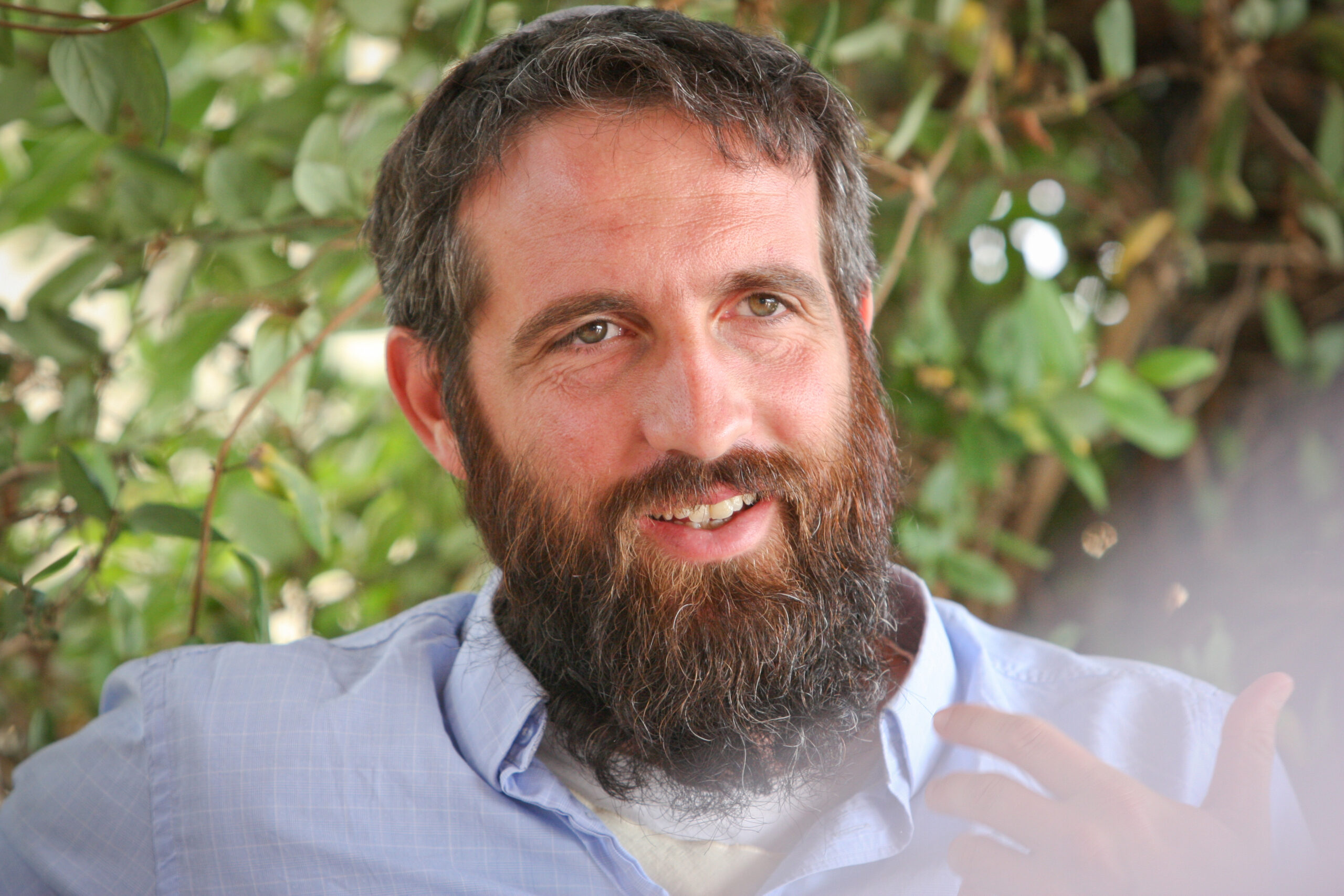“Where is the sweet spot between conserving and respecting the past (cycles), and progressing towards a new reality (linearly)?”
Parashat Balak is one of the two weekly portions in the Torah named after a significant non-Jewish protagonist. The first one is Yitro, named after Moses’s father-in-law, who was the architect of the ancient Hebrews’ internal social structure. The second one is Balak Ben-Tzipor, the King of Moab, a nation which was a distant relative of the People of Israel (both share a great-grandfather from the times of Abraham).
In our parasha, the Israelites camp east of Canaan and prepare to enter the promised land. The only problem is that the Moabites, and others, dwell along the Eastern border, and although Moses assures them he has no intention of threatening their sovereignty, they will not let the Israelites pass.
Balak is terrified and summons the wizard Balaam, who was known for his magical ability to curse and destroy whole nations. Unlike Yitro, Balak’s purpose is to rebuff the Israelites. Balaam orders him to build seven altars and sacrifice seven oxen, yet he warns him that he can only say what God puts in his mouth. Balaam ends up blessing the Israelites several times, instead of cursing them, and Balak sends him away.
The obvious connection between this parasha and shmita is the repetitive use of the number seven. But it goes deeper than that. If we examine the cultural chasm between the Moabites and the Israelites, one thing that stands out is the basic perception of time, and the way it is reflected in the sabbatical year mechanism.
For example, what are the next three items in the series: 2, 4, 6, 8? Chances are you said: 10, 12, 14. If we were to ask the same question in ancient Moab, the answer would probably be: 6, 4, 2, 4, 6, 8 and so on. Both answers are mathematically correct. They simply express two different paradigms.
The ancient paradigm was cyclical and saw contemporary reality as nothing but a duplication of what preceded it and a pattern for what will follow it. Therefore, for example, loans in the ancient world were not used for investment but rather for regular consumption. The concept of investing today in order to create a different future tomorrow simply did not exist. The alternative paradigm is more linear and sees progress instead of repetition. It was first proposed by the Bible, and shmita is a key symbol of it. Jewish thought respects cycles as well, of course, but shmita cycles are more like a spiral in which every cycle ends at a higher point than where it began.
When we look at our reality today, which sometimes seems like it’s moving aimlessly, we can ask ourselves where is the sweet spot between conserving and respecting the past (cycles), and progressing towards a new reality (linearly)? Hint: if we do it slowly, step by step, and move forward by trial and error, we can get the best of both worlds.
 Aharon Ariel Lavi is a serial social entrepreneur, a professional community builder and a thinker who believes Judaism can inspire all walks of life. Founder of Hakhel: The Jewish Intentional Communities Incubator at Hazon. An economist and historian of ideas. His recent book, Seven, explores Shmita inspired economic, social and environmental ideas. Lavi lives with his wife and five children next to the Gaza border and he is also a professional mountain biking guide, racer and trail builder. Feel free to drop him a line at: lavi@hazon.org.
Aharon Ariel Lavi is a serial social entrepreneur, a professional community builder and a thinker who believes Judaism can inspire all walks of life. Founder of Hakhel: The Jewish Intentional Communities Incubator at Hazon. An economist and historian of ideas. His recent book, Seven, explores Shmita inspired economic, social and environmental ideas. Lavi lives with his wife and five children next to the Gaza border and he is also a professional mountain biking guide, racer and trail builder. Feel free to drop him a line at: lavi@hazon.org.
